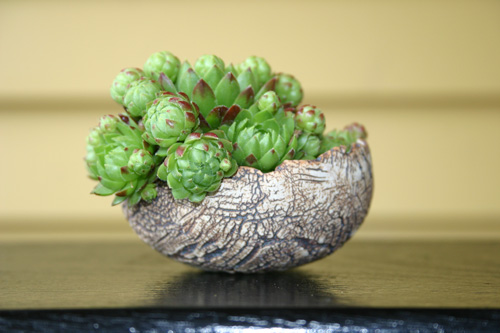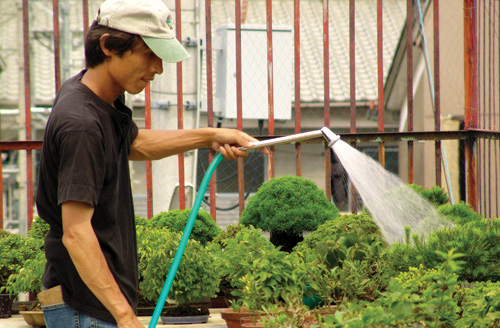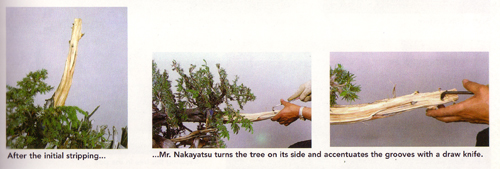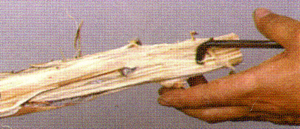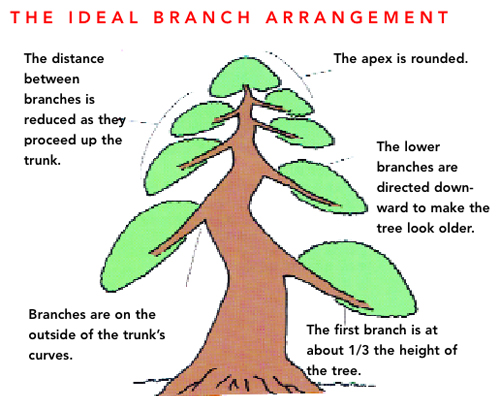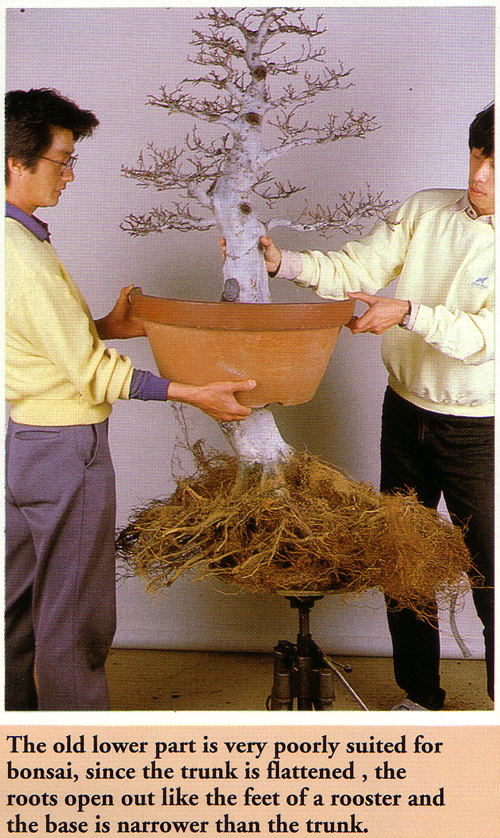
Back to the beginning
Mr. Sinichi Watanabe has decided that this impressive old Japanese beech (Fagus crenata) needs to be air-layered. The photo shows two assistants holding a training pot (cut in half for the photo) to show what the tree will look like after it’s layered. The original article appeared in Bonsai Today issue 48.
Picking up where we left off
In our last post we showed the first few steps in Mr. Watanabe’s air-layering technique. This post will show the last step in the previous post and the next series of steps. We’ll need a third post to complete the process.
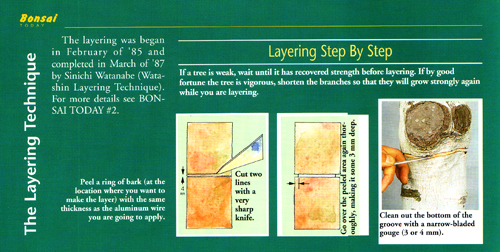
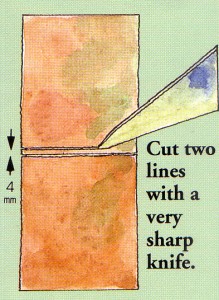
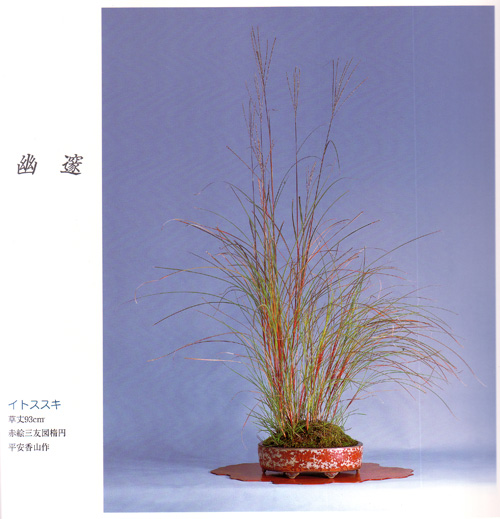 An exquisite kusamono from our
An exquisite kusamono from our 